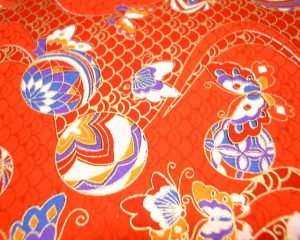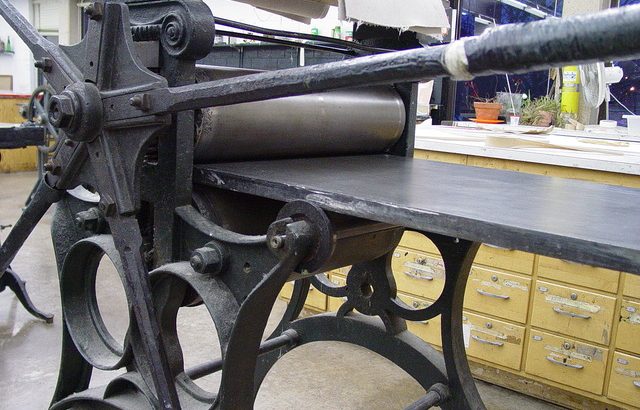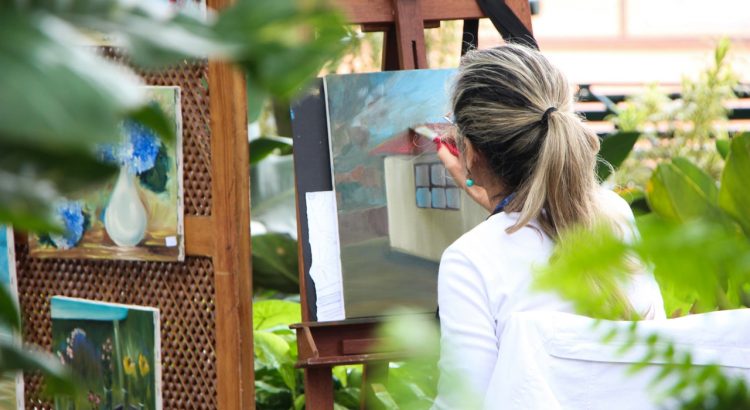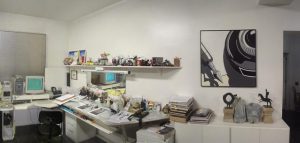When families gather to reflect on the lives they have lived, the memorial becomes a central point of remembrance. Across cultures and traditions, the way a resting place is marked often reflects the values, heritage, and deep respect of the community. The design of Greek Orthodox Headstones demonstrates how faith and symbolic artistry come together to honour memory with permanence. In a different tradition, an Asian Memorial Headstone often weaves cultural motifs and ancestral values into its design, ensuring that meaning extends beyond generations.
The purpose of a headstone extends far beyond its role as a physical marker. It is a testament, a message, and a bridge between the past and the future. Families often approach its design with great care, balancing personal stories with traditions that must be honoured. This careful process ensures that visitors to the site are met not only with names and dates, but with a sense of continuity, identity, and love.
For many, selecting the right materials is a crucial first step. Stone has long been favoured because of its durability and timeless presence. Granite, marble, and sandstone all offer unique qualities. Granite is admired for its resilience, marble for its elegance, and sandstone for its warm, natural appearance. The decision is not purely aesthetic—it carries with it an understanding of how the memorial will endure weather, time, and countless visits from family and friends.
The design process also considers symbolism. Faith, cultural motifs, and family preferences all contribute to the shaping of the headstone. Religious symbols, floral carvings, or subtle patterns become markers of identity. In many traditions, these elements serve as guides to visitors, instantly communicating the values and beliefs of the person being remembered. The act of choosing these symbols is deeply personal, requiring thought and discussion among loved ones.
Language, too, plays a vital role. The inscriptions are often the most intimate part of a memorial. A few carefully chosen words—perhaps a verse, a prayer, or a line of poetry—can capture the essence of a lifetime. Families take time with this step, sometimes returning to ancestral languages to maintain continuity with generations before. The result is a text that not only identifies but also honours, offering comfort to those who pause and read.
Another aspect is the role of artisanship. Skilled stonemasons and memorial designers bring ideas to life with precision and respect. Their craft requires both technical expertise and a sensitivity to the emotions involved. Each curve of lettering, each polished surface, reflects the balance between durability and artistry. When families see the finished work, they recognise it as both a piece of design and a heartfelt tribute.
Modern memorials increasingly combine tradition with contemporary approaches. Some families choose to integrate elements like etched portraits, ceramic photographs, or QR codes that link to digital archives. These touches enable a more comprehensive telling of a life story, providing visitors with a more personal connection. While technology changes the way stories are shared, the intent remains the same: to preserve memory and honour heritage.

Cultural practices continue to influence the design and placement of headstones. Rituals surrounding the unveiling of a memorial, the prayers said during visits, and the offerings left at gravesites all contribute to shaping the experience of the monument. This is why consultation with knowledgeable memorial providers is invaluable—they understand the nuances of tradition and guide families toward choices that align with both cultural expectations and personal wishes.
Landscape also plays a role in remembrance. Cemeteries and memorial parks are designed to offer peace, reflection, and connection. The placement of trees, pathways, and seating areas ensures that families have a place not only to grieve but also to find solace. Within these spaces, headstones become part of a greater whole, contributing to an environment of collective memory.
The emotional weight of creating a memorial cannot be overstated. Families are often making decisions during a period of grief, which makes sensitivity and support essential. Professional guidance helps ease this process, ensuring that choices are not rushed and that the final design truly reflects the person being honoured. This partnership between family and memorial designer turns a difficult moment into one of healing and connection.
It is also important to consider longevity. Memorials are intended to last for decades, even centuries. Attention to maintenance, weather resistance, and quality craftsmanship ensures that future generations will find the site intact and meaningful. Many families take comfort in knowing that the memorial they design today will still be standing strong for grandchildren and great-grandchildren to visit.
As societies grow more multicultural, the blending of traditions in memorial design becomes more common. Families with diverse backgrounds often choose to combine symbolic elements that represent multiple heritages. This practice creates headstones that speak to the complexity and richness of identity in modern life, reflecting stories that do not fit neatly into a single cultural narrative.
Ultimately, the essence of a memorial lies in its ability to capture love and legacy. Whether through the simplicity of a cross, the elegance of calligraphy, or the strength of polished stone, each choice becomes part of a larger narrative. Visitors who pause at a grave are invited into that story, reminded of the individual’s presence and the impact they left behind.
The process of designing a headstone is, in many ways, an act of storytelling. Families sift through memories, values, and symbols, carefully selecting what will remain etched in stone. The result is not only a marker of a life lived but also a testament to those who continue to remember. In this way, headstones stand as both private tributes and public expressions of love, ensuring that the stories carried by individuals do not fade with time.
Reflecting on memorial design reveals a universal desire for dignity, remembrance, and continuity. Traditions may differ, and materials may vary, but the heart of the practice remains constant: to ensure that lives are honoured, families are comforted, and legacies are preserved. Each headstone, whether ornate or simple, becomes part of a greater human effort to connect memory with meaning.













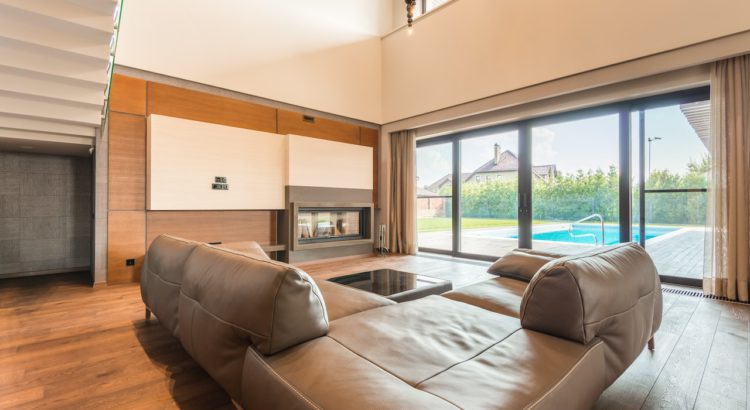

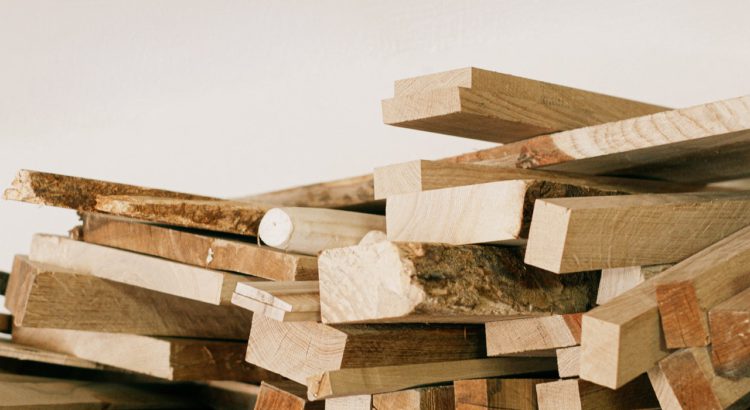
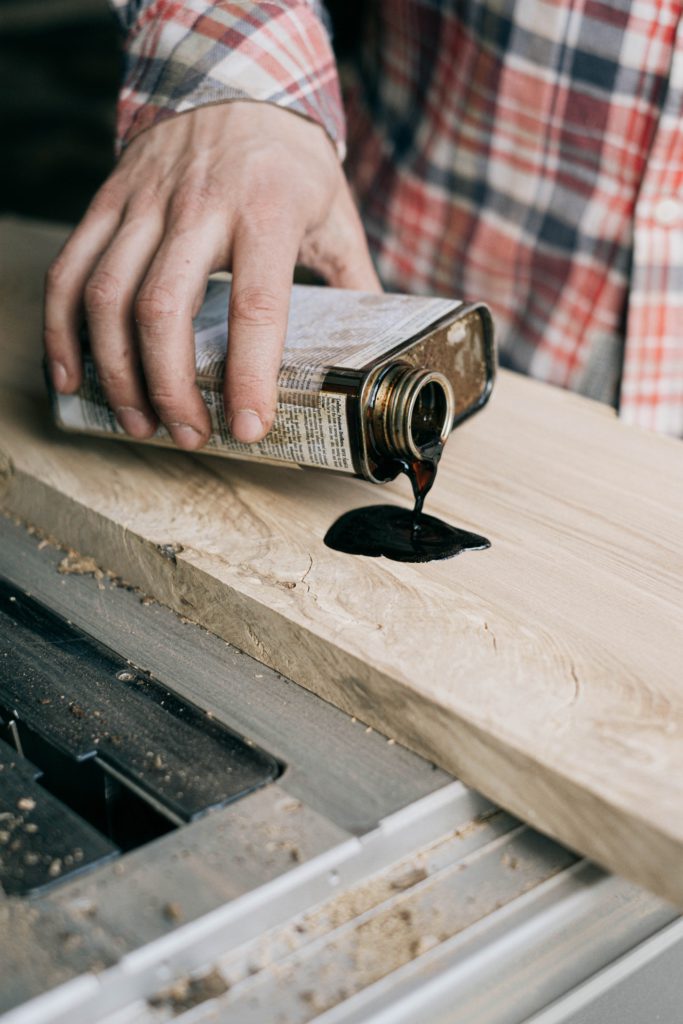



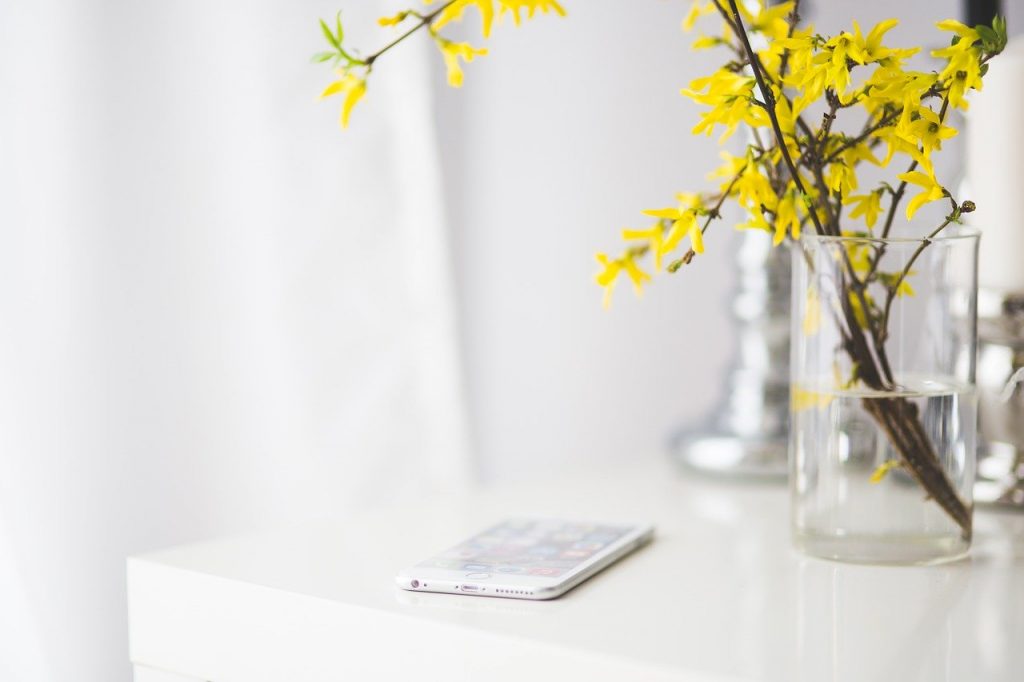
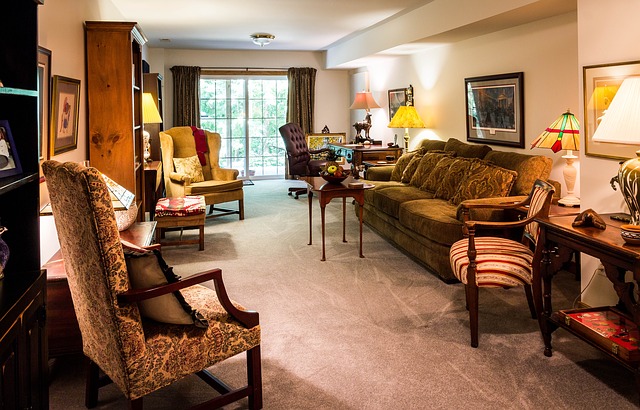

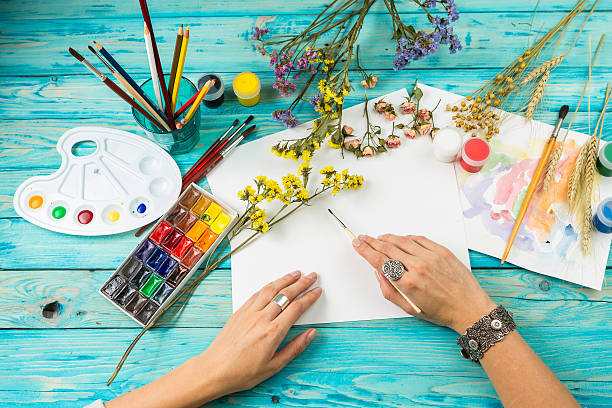


 painting. It involves attaching into the opposite of the first stretcher a fresh piece of cloth, rather a thin but exceptionally stiff fabric like polyester sailcloth. The painting isn’t in any way disturbed. The procedure shouldn’t be confused with the procedure conservators predict “lining,” that is a process where the original canvas is stuck to a different fabric to be able to fortify it.With the cloth in position, there is less chance of crossbar-related cracks growing through effect, as a continuous surface, in place of the crossbar borders, would be reached. A further advantage was demonstrated in vibration tests demonstrating a marked decrease in canvas displacement in response to low-frequency vibration.
painting. It involves attaching into the opposite of the first stretcher a fresh piece of cloth, rather a thin but exceptionally stiff fabric like polyester sailcloth. The painting isn’t in any way disturbed. The procedure shouldn’t be confused with the procedure conservators predict “lining,” that is a process where the original canvas is stuck to a different fabric to be able to fortify it.With the cloth in position, there is less chance of crossbar-related cracks growing through effect, as a continuous surface, in place of the crossbar borders, would be reached. A further advantage was demonstrated in vibration tests demonstrating a marked decrease in canvas displacement in response to low-frequency vibration.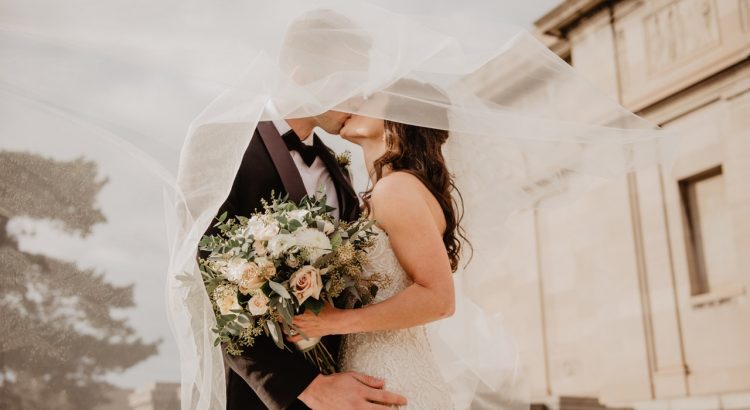


 Embossing/Debossing
Embossing/Debossing Bleeds, boundaries and secure areas
Bleeds, boundaries and secure areas
 That being said, I would need to argue that there is a possibility of “art” in any area, which needs human creativity. When you
That being said, I would need to argue that there is a possibility of “art” in any area, which needs human creativity. When you  Aside from
Aside from 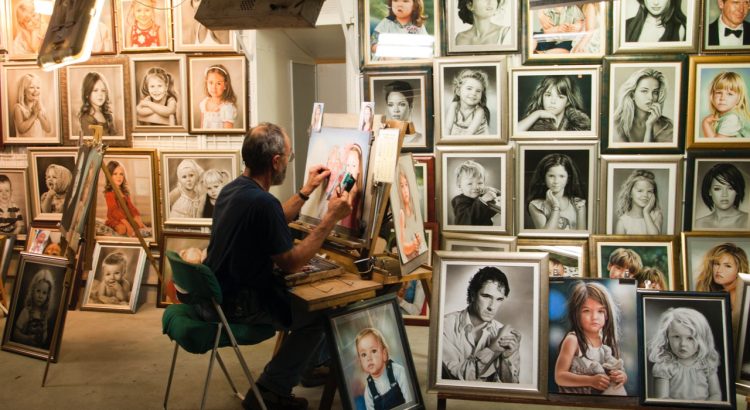
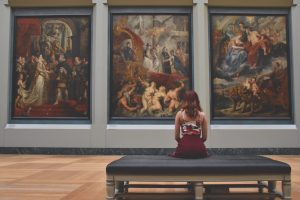 Hanging your display
Hanging your display
 Welcome to the Grey Eye Society, a wine and art course that Nowicki runs at the attic space of Melbourne’s Foolscap Studio. Nowicki clarifies Grey Eye as “a drinking club with a drawing problem”, an opportunity for individuals to research or reconnect with the joy of drawing while learning something about wine — and, of course, fulfilling other like-minded spirits over a glass of something yummy.
Welcome to the Grey Eye Society, a wine and art course that Nowicki runs at the attic space of Melbourne’s Foolscap Studio. Nowicki clarifies Grey Eye as “a drinking club with a drawing problem”, an opportunity for individuals to research or reconnect with the joy of drawing while learning something about wine — and, of course, fulfilling other like-minded spirits over a glass of something yummy.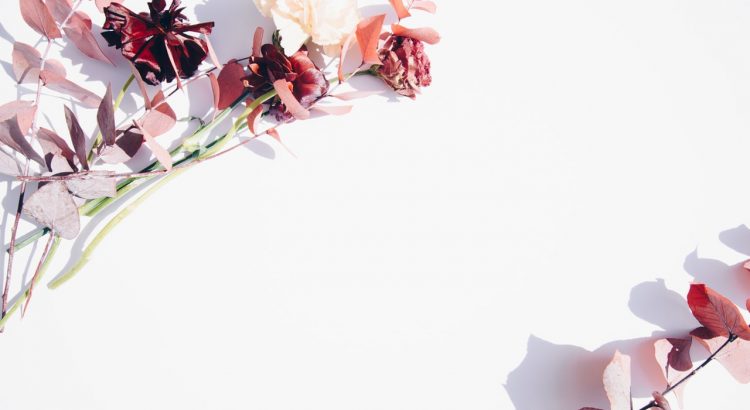
 website to showcase your creative work.
website to showcase your creative work.
